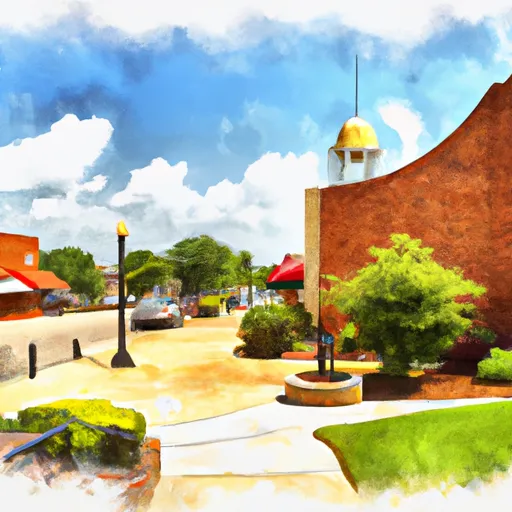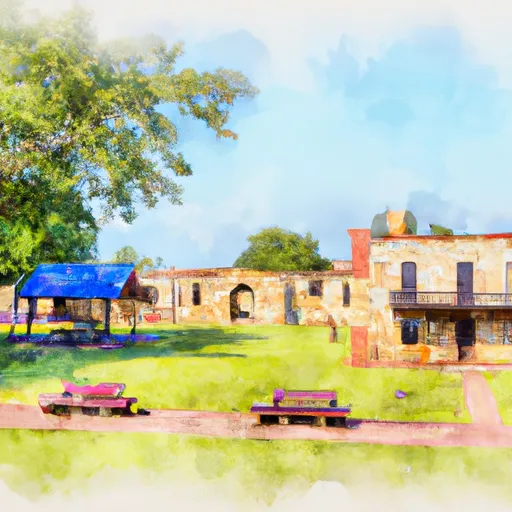°F
°F
mph
Windspeed
%
Humidity











Appleby is a small town located in East Texas with a humid subtropical climate characterized by hot summers and mild winters. The area is prone to severe weather events such as thunderstorms and occasional tornadoes. The hydrology constituents of Appleby are mainly composed of the Angelina River and its tributaries, which provide ample opportunities for fishing and boating. Outdoor recreation enthusiasts can also explore the nearby Angelina National Forest, which offers a variety of activities such as hiking, camping, and wildlife watching. The town's location also provides easy access to the larger cities of Nacogdoches and Lufkin for additional recreational opportunities.
Weather Forecast
Appleby receives approximately 1226mm of rain per year, with humidity levels near 89% and air temperatures averaging around 19°C. Appleby has a plant hardyness factor of 8, meaning plants and agriculture in this region tend to thrive here all year round.
Regional Streamflow Levels
36
Cubic Feet Per Second
121
Cubic Feet Per Second
1,000
Cubic Feet Per Second
7,250
Cubic Feet Per Second
Nearby Camping
| Camping Area | Reservations | Toilets | Showers |
|---|---|---|---|
| James H. Robbins Memorial Park | |||
| Alabama - Coushatta Lake Tombigbee | |||
| Job Beason County Park | |||
| Hugo Point County Park | |||
| Fort Anahuac County Park | |||
| Rollover Pass |



